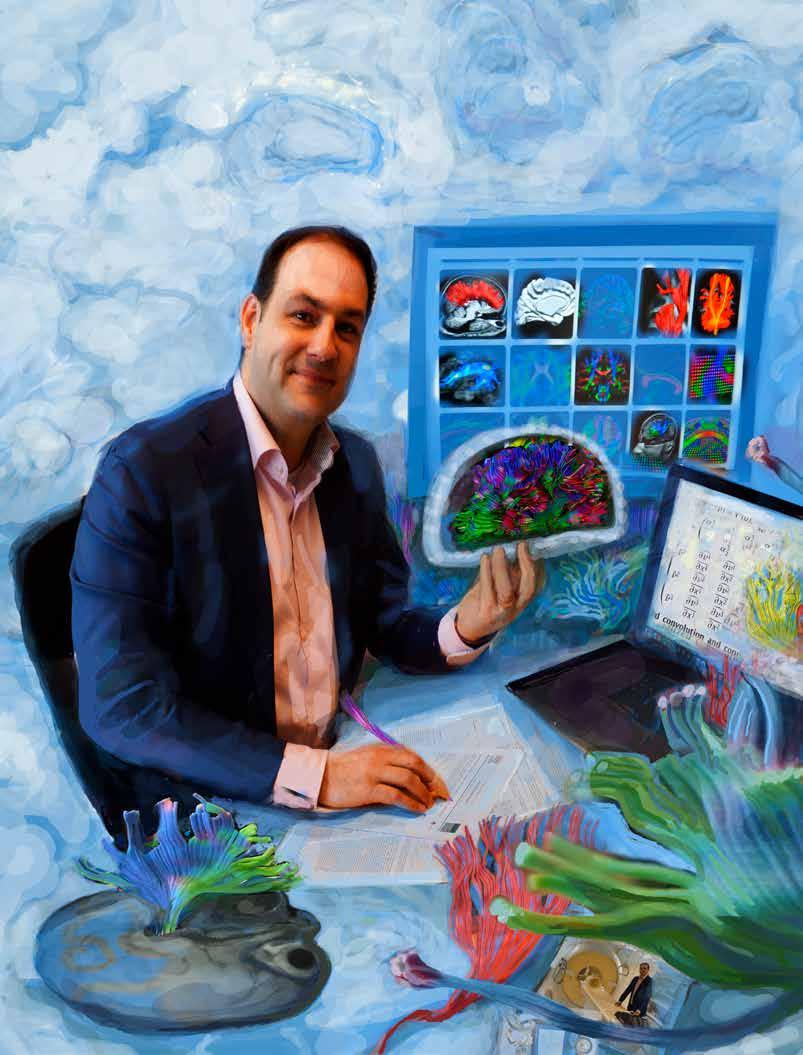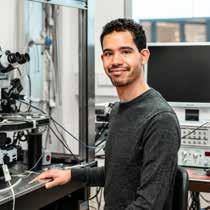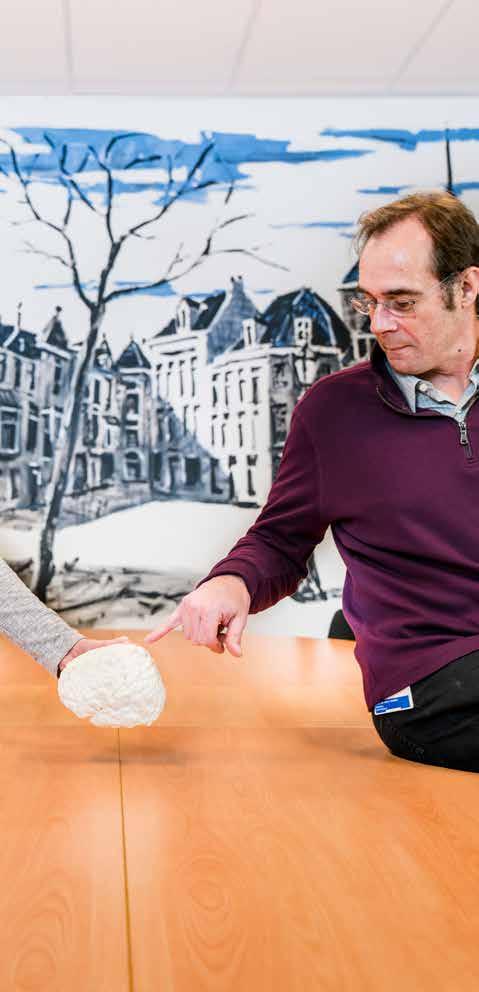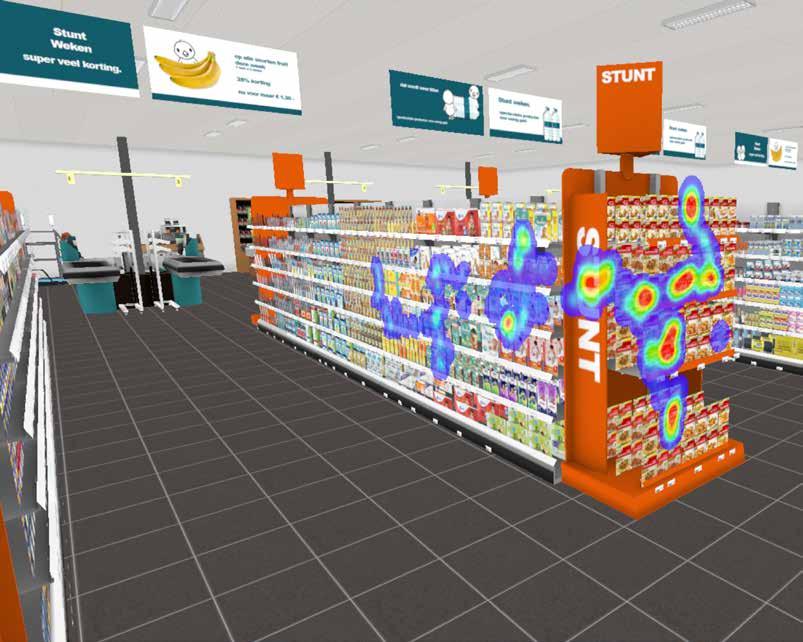
3 minute read
Column
gy to give the scans meaning. In addition to a clinical team that works with the patient, we are, therefore, also working with a team of physicists who really know their way around this machine, and with a team of computer scientists who help interpret the data. In addition, we are part of an international network in which a great deal of knowledge is shared.’
International collaboration is also important in the field of research into focal cortical dysplasia in children. Braun is proud of the coordinating role that UMC Utrecht plays in European Reference Network (ERN) EpiCARE, which focusses on complex and rare forms of epilepsy. ‘The activities of this network include developing a standard for epilepsy imaging and setting up an international panel of researchers that will assess complex scans online, and we also want to develop a platform through which other European centers will be able to use the best statistical methods for the interpretation of scans.’
Advertisement
The future of imaging in brain research is one of zooming out and zooming in. More and more different forms of expertise are coming together on a large scale and there is more and more opportunity for experts to share their knowledge on an international level. These experts can then show their small-scale progress, in which stronger magnets continue to improve the imaging of our brain. Small abnormalities in the brain are less and less likely to escape the attention of the many eyes that view each scan, directly or indirectly. This opens the door to personal treatment of each patient, based on the cause of his or her condition. ‘We will finally be able to focus on the root of the disease instead of the final stage,’ Biessels concludes.
Jim van Os Chairman of the Neuroscience division UMC Utrecht
Beware, yes, but good can come from it
On the basis of a study among a thousand subjects, using simple tabulation, an experienced epidemiologist can be pretty successful in the prediction of, for example, mortality in a cohort study among the elderly. This is a form of machine learning in which the relative human-to-machine decision-making effort relies rather heavily on the human element. It is different in the so-called neural network ‘deep learning’ algorithm, which, with minimal human input, has learned to discover diabetic retinopathy in ‘big data’ recordings of retina among approximately one million people. To say nothing of Google, which developed a neutral network that learned to play the game Go without human help. eHealth is an empowered form of electronic data collection that makes it possible for people to become their own doctors. A person can continually monitor their health parameters, including hart rate, muscle tone, brain waves, blood pressure, blood sugar, sanguinity, and intestinal peristalsis, for the diagnosis, treatment, and prognosis of disease. This will make eHealth a major source of big data within the healthcare industry, which can be found in the electronic medical files.
For example, in Israel, the electronic drug prescriptions of approximately 750,000 patients were brought together and examined with an algorithm that searches for irregularities. Errors – possibly fatal ones – were discovered in the prescriptions of 15,000 patients. The next step: a national big data system that analyzes and checks the prescription behavior of doctors in real time. Large American health insurance companies like Geisinger and Kaiser Permanente are reinventing themselves as DNA stockholders that analyze the genetic diversity of millions of customers in relation to their electronic files. In five years, perhaps 250 million people worldwide will have deposited their DNA in a similar analyzable database. Does the thought of all this big data make you nervous? It should. But good things can also come from it, if we work together to apply rules that make it safe to use.











